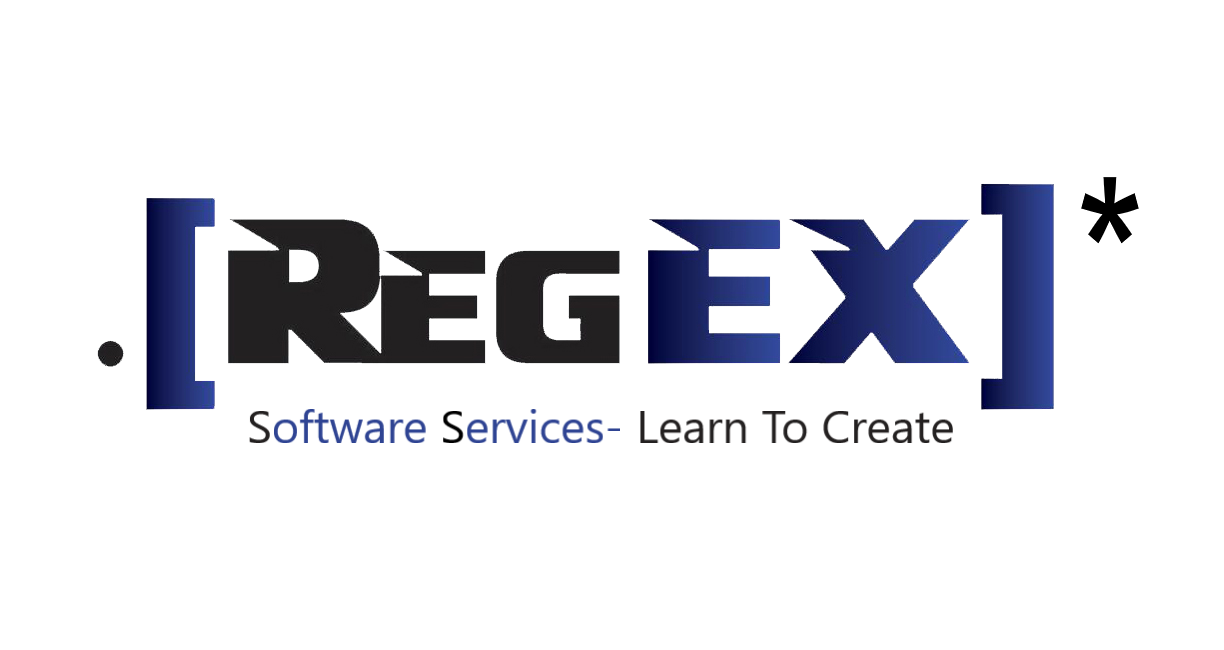
Building Modern Web Applications with the MEAN Stack: A Comprehensive Guide
In the dynamic world of web development, staying ahead means embracing the latest technologies and methodologies. One such powerhouse combination that has revolutionized web application development is the MEAN stack. MEAN, an acronym for MongoDB, Express.js, Angular, and Node.js, offers a robust and efficient framework for building modern web applications.

Understanding the MEAN Stack
The MEAN stack comprises four key components, each serving a distinct purpose in the development process:
MongoDB: A NoSQL database that offers flexibility and scalability, MongoDB stores data in JSON-like documents, making it ideal for dynamic and evolving data structures.
Express.js: A minimalist web application framework for Node.js, Express.js simplifies the process of building server-side applications and APIs, providing a lightweight and flexible foundation.
Angular: Developed by Google, Angular is a front-end framework that enables the creation of dynamic and interactive user interfaces. With features like two-way data binding and dependency injection, Angular streamlines the development of single-page applications (SPAs).
Node.js: As a server-side JavaScript runtime environment, Node.js allows developers to build scalable and high-performance applications. Its event-driven architecture and non-blocking I/O operations make it well-suited for handling concurrent requests and real-time applications.
Advantages of the MEAN Stack
The MEAN stack offers several advantages that make it a preferred choice for modern web development:
JavaScript Everywhere: With JavaScript as the primary language for both client-side and server-side development, developers can maintain consistency across the entire application stack, streamlining development and enhancing code reusability.
Full Stack Development: By leveraging a single language and framework throughout the stack, developers can work seamlessly across the front end and back end, fostering collaboration and accelerating the development cycle.
Scalability and Performance: The non-blocking I/O model of Node.js, coupled with the scalability of MongoDB, enables the MEAN stack to handle large volumes of concurrent requests efficiently, ensuring optimal performance even under heavy loads.
Flexibility and Extensibility: Each component of the MEAN stack is highly modular and customizable, allowing developers to integrate third-party libraries, frameworks, and modules as per their requirements, empowering them to build tailored solutions that meet the specific needs of their applications.
Crafting Cutting-Edge Web Applications with the MEAN Stack
Building modern web applications with the MEAN stack involves a structured approach that encompasses the following key steps:
Designing the Application Architecture: Define the architectural design of the application, including the data model, application logic, and user interface components, to ensure scalability, maintainability, and extensibility.
Setting Up the Development Environment: Install and configure the necessary tools and dependencies, including Node.js, MongoDB, and Angular CLI, to establish a robust development environment.
Implementing the Backend with Node.js and Express.js: Create the server-side logic and API endpoints using Node.js and Express.js, leveraging middleware and routing to handle incoming requests and interact with the MongoDB database.
Building the Frontend with Angular: Develop the client-side components and user interface using Angular, utilizing components, services, and modules to create dynamic and responsive web applications with rich user experiences.
Integrating MongoDB for Data Persistence: Implement data storage and retrieval using MongoDB, leveraging its document-oriented architecture and query language to store and manipulate data efficiently.
Testing, Debugging, and Optimization: Conduct thorough testing and debugging to identify and address any issues or errors in the application code, and optimize performance to ensure responsiveness and scalability.
Deploying and Scaling the Application: Deploy the application to a production environment, leveraging cloud platforms or dedicated servers, and implement scaling strategies to accommodate growing user demand and traffic.
Conclusion
The MEAN stack represents a powerful and versatile framework for building modern web applications that deliver exceptional performance, scalability, and user experiences. By leveraging the capabilities of MongoDB, Express.js, Angular, and Node.js, developers can craft cutting-edge applications that meet the evolving needs of today’s digital landscape. Whether you’re a seasoned developer or just starting your journey in web development, mastering the MEAN stack opens up a world of possibilities for creating innovative and impactful web solutions.
